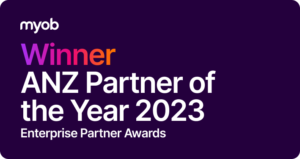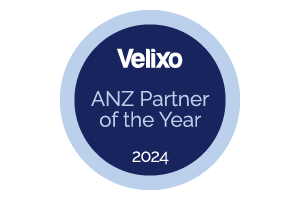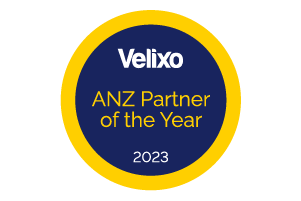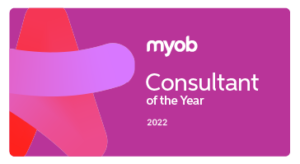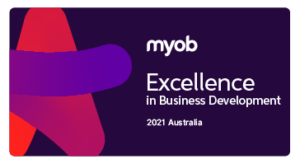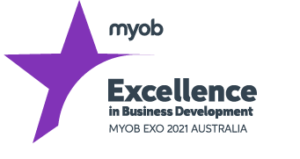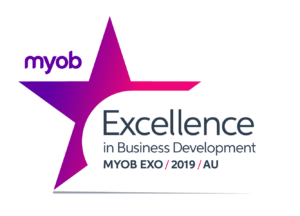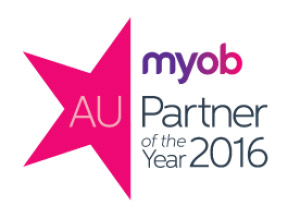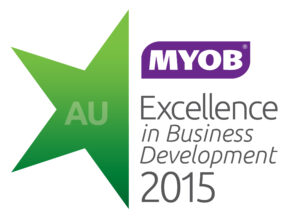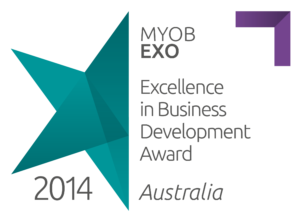Stop using spreadsheets to manage fixed assets
Trust the specially developed Vision K Assets tool to integrate with MYOB Exo and streamline asset managementSystem administrators understand the importance of maintaining a clear overview of your hardware and software assets. You need to know what you have, where it is, who is using it, and how it is performing. However, managing all this information manually is time-consuming, error-prone, and inefficient.
What are Fixed Assets?
Businesses typically have two main types of business assets: current assets and non-current (fixed) assets. Fixed assets refer to any significant assets used in everyday operations to generate income. Fixed assets are typically long-term assets that cannot be consumed, sold, or converted into instant cash. They often appear in physical form and can include equipment, machinery, vehicles, property, and land.
Understanding Fixed Asset Management
Effective asset management is fundamental to financial stability and operational efficiency. It involves strategic tracking, maintenance, and optimisation of fixed assets throughout their lifecycle. An accurate asset list is vital for potential claims and audits by regulatory bodies like the IRD or ATO.
Inaccurate tracking can result in costs for your business. If assets go missing, questions arise: Have they been lost, sold, or disposed of improperly? Have these actions compromised the significant investment that companies make in fixed assets and cost the company money? Your asset register should provide the answers to these questions.
Challenges of the Outdated Approach of Spreadsheets
Many organisations rely on spreadsheets as their primary tool for fixed asset management. However, this approach poses several challenges for complex organisations:
1. Limited Scalability
Spreadsheets have limited capacity for managing large volumes of asset data. As organisations grow and expand their asset portfolios, maintaining comprehensive spreadsheets becomes impractical and prone to errors.
2. Data Fragmentation
Asset information stored in spreadsheets is often fragmented across multiple files or tabs, making it difficult to maintain data consistency and accuracy. Without a centralised database, tracking assets and accessing relevant information becomes a time-consuming and cumbersome task.
3. Manual Data Entry
Updating asset information in spreadsheets requires manual data entry, which is labour-intensive and susceptible to human error. Inaccurate or outdated data can lead to mistakes in financial reporting, compliance issues, and operational inefficiencies.
4. Limited Functionality
Spreadsheets offer limited functionality for asset management tasks such as depreciation calculations, maintenance scheduling, and reporting. Organisations may struggle to perform advanced analysis or automate repetitive tasks using spreadsheet-based systems.
5. Lack of Collaboration
Spreadsheets are designed for individual use, making collaboration and sharing of asset information challenging. Communication gaps between team members can lead to misalignment of asset management efforts and hinder decision-making processes.
6. Version Control Issues
Managing multiple versions of asset spreadsheets can lead to version control issues, with the risk of data discrepancies and conflicts arising. Without a centralised repository for asset data that everyone can view in real time, data integrity and consistency become a major challenge.
7. Organisational knowledge risks
It is commonplace for only one person in an organisation to truly understand how the asset management spreadsheet works. If that person leaves the organisation, it becomes almost impossible to alter the spreadsheet, fix errors, or repair existing formulas if they are improperly altered.
MYOB Exo Fixed Asset Module
While MYOB Exo offers a Fixed Asset module, its functionality may not meet the complex needs of some businesses. It provides basic asset tracking and depreciation calculations but lacks advanced features for streamlined asset management. Organisations may find themselves in need of additional solutions to complement MYOB Exo‘s capabilities.

MYOB Exo Fixed Assets Brochure
Download nowA Game-Changer in Asset Management
Vision K Assets is a fully integrated solution for MYOB Exo Business that enables efficient and detailed asset management for complex organisations. It solves many of the problems encountered with the MYOB Exo Fixed Assets module, including the ability to make depreciation corrections, manual adjustments, plus a year-end revaluation function. It also allows you to force low Net Book Value (NBV) assets to be fully depreciated. You can even forecast future depreciation schedules.
Save time and money with a Vision K Assets integration
The Vision K Fixed Assets features can help free up your time so that you can focus on more strategic activities.
Efficient Asset Transfer
Easily transfer assets between locations with a simple drag-and-drop interface, eliminating the need for deletion and re-addition.
Forecasted Depreciation
Utilise the forecast tool to predict depreciation for up to 99 future periods, facilitating informed budgeting decisions.
Enhanced Search Capabilities
Benefit from the search and find facility, which allows searches based on criteria like code, description, serial number, and barcode fields. This eliminates the need to remember asset locations. There is also a wild card search, allowing you to search keywords in the description field if you do not know the full asset description.
Simplified Depreciation Calculation
Perform depreciation calculation for all assets with a single click, significantly streamlining the process.
General Ledger Integration
Utilise the posting facility to quickly and accurately post transactions into your accounting system, reducing the risk of user error and eliminating manual data entry.
To start a conversation about how Vision K Fixed Assets can improve efficiency in your organisation, email sales@kilimanjaro-consulting.com or call 1300 857 464 (AU) or 0800 436 774 (NZ).





